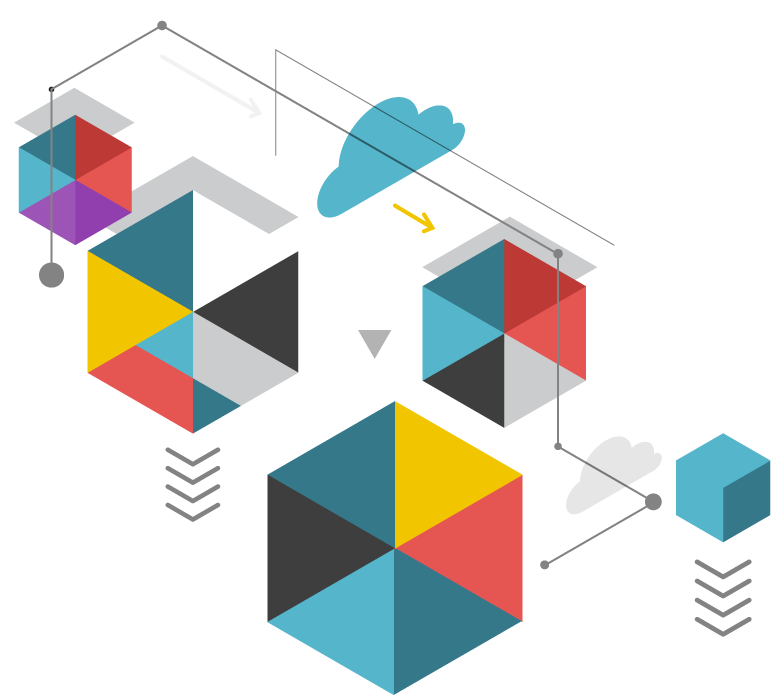The Role of Multi-Cloud in IT Transformation
Public, private, and hybrid cloud infrastructure are all available to enterprises. Which they choose affects the benefits and limitations they’ll face.
Cloud infrastructure is a key requirement for both DX and IT transformation. Cloud infrastructure yields vast improvements in the enterprise’s ability to deploy and scale up applications, which in turn adds flexibility, responsiveness, and improved delivery times throughout the organization. For any enterprise seeking to get the best it possibly can from digital initiatives, embracing cloud infrastructure is a critical first step.

Infrastructure-as-a-Service (be it public, private, or hybrid cloud) and the applications it runs can bring cost savings, allow better use of manpower and other resources, improve security, and step up performance for business applications. Additionally, deploying services to the cloud holds strategic importance. As digital transformation is critical to business success across all industries, geographies, and company sizes, high performing companies are seeking to develop their digital muscles earlier rather than later.
Cloud deployment gives a company the opportunity to build its digital transformation skill set, to begin learning the pitfalls and best practices in digitally enabled business. Implementing cloud solutions helps attract and retain employees with the knowledge and attitude to carry the company into the digital future, and it puts in place a critical computing platform upon which future digital initiatives will stand.
Public cloud IaaS is an option many enterprises consider to realize these benefits. Unfortunately, moving applications to public cloud infrastructure often brings along challenges:
- Unforeseen or unpredictable costs
- Concerns around control, performance, and security
These challenges can interfere with realizing the full potential of cloud architecture.
Private cloud gets around these issues, but at the expense of its own disadvantages. Do-it-yourself (DIY) private cloud doesn’t offer the same robust toolset and ecosystem the comes with public cloud, and the need to own infrastructure for private cloud renders it incapable of delivering the same scalability and flexibility as public cloud.

Many enterprises are responding to this dilemma by adopting a hybrid cloud model. By mixing public and private cloud IaaS in a single environment, hybrid cloud can to a great degree provide the best of both infrastructure environments and minimize the disadvantages corporations will face (Figure 2).
| Public cloud IaaS | |
|---|---|
| Relative importance of cost advantages beyond year 2 | Low |
| Relative importance of security and control over data | Low |
| Importance of a broad set of services (e.g. analytics or DBaaS) | High |
| Divestiture of data center operations as an objective | Yes |
| Usage volume over next five years | Variable or unknown |
| DIY private cloud | |
|---|---|
| Relative importance of cost advantages beyond year 2 | High |
| Relative importance of security and control over data | High |
| Importance of a broad set of services (e.g. analytics or DBaaS) | Low |
| Divestiture of data center operations as an objective | No |
| Usage volume over next five years | Predictable |
| Turnkey hybrid cloud | |
|---|---|
| Relative importance of cost advantages beyond year 2 | High |
| Relative importance of security and control over data | High |
| Importance of a broad set of services (e.g. analytics or DBaaS) | High |
| Divestiture of data center operations as an objective | No |
| Usage volume over next five years | Predictable |
